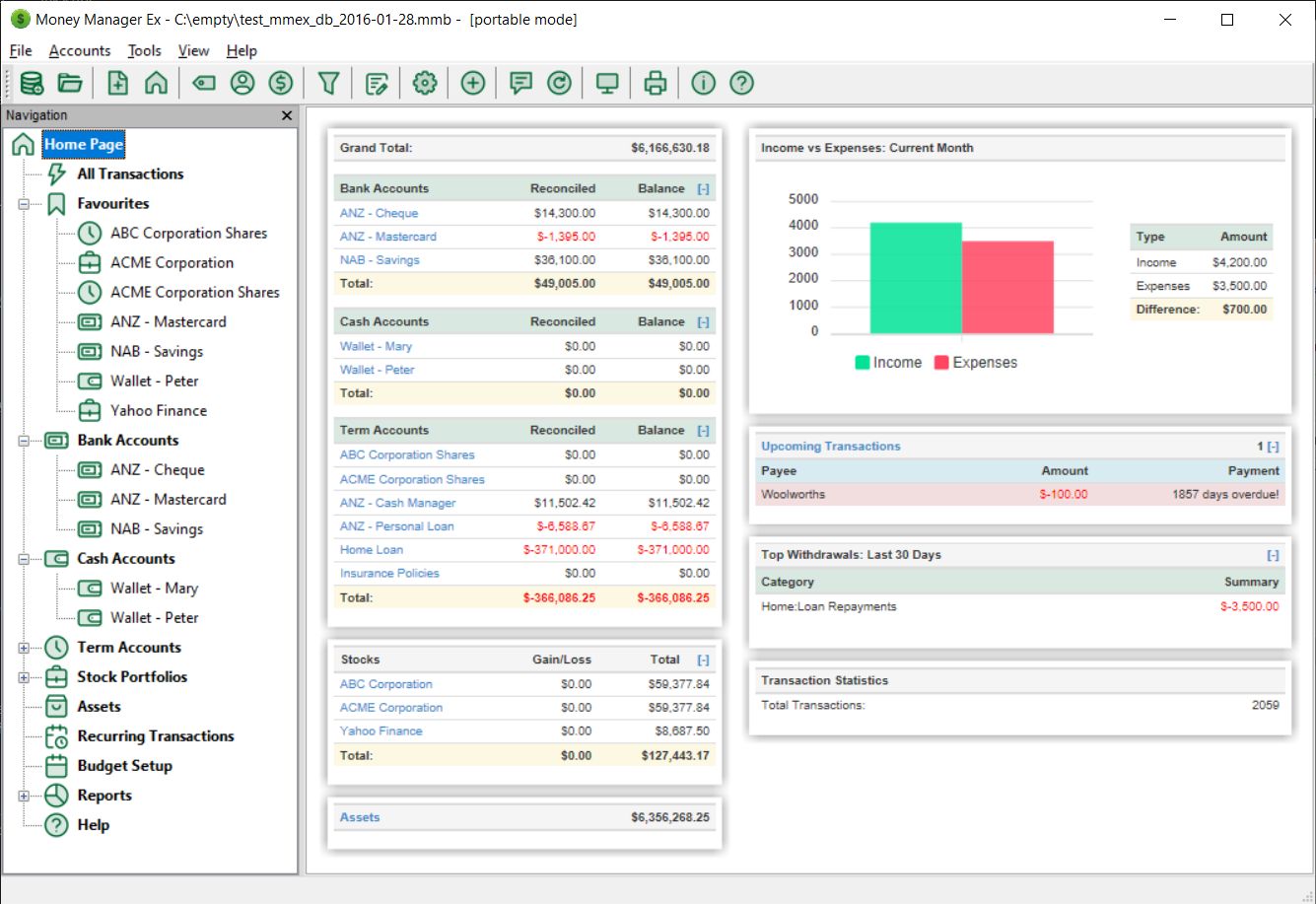Mediator
Cross-platform GUI gRPC debugging proxy like charles but design for gRPC.
Build with Netty (proxy protocol), Compose Desktop (GUI), Sisyphus (Protobuf Runtime)
Highlight features
Quick Start
Install
Download distribution from release page.
MSI for Windows, Dmg for macOS, Dmg(aarch64) for macOS(Apple Silicon), deb for Linux.
Run
Open the mediator app, the proxy server will listen 8888 port, the internal gRPC server will listen 9999 port by default.
Config Client
Config the proxy server in your client code.
Java Client (Android or Server)
Config proxy server by proxyDetector method of channel builder.
ManagedChannelBuilder.forAddress("foo.barapis.com", 9000)
.usePlaintext()
.proxyDetector {
HttpConnectProxiedSocketAddress.newBuilder()
.setTargetAddress(it as InetSocketAddress)
.setProxyAddress(InetSocketAddress("" , 8888))
.build()
}
.build()
Objective C Client (iOS)
Set proxy server to Environment variable in main function before your app code.
int main(int argc, char * argv[]) {
NSString * appDelegateClassName;
@autoreleasepool {
setenv("grpc_proxy", "http://:8888" , 1);
// Setup code that might create autoreleased objects goes here.
appDelegateClassName = NSStringFromClass([AppDelegate class]);
}
return UIApplicationMain(argc, argv, nil, appDelegateClassName);
}
Go Client (Server)
Set proxy server to Environment variable.
package main
import (
"os"
)
func main() {
os.Setenv("HTTP_PROXY", "http://:8888" )
// Your code here.
}
Resolve messages
Mediator support renders message as JSON tree if your server supports the Server Reflection.
If you need to append the metadata to Server Reflection Request, you should config your server rule in settings.
Open the Mediator Settings, create a server rule for your server.
Enter the Regex in Host pattern input field which to match your server.
Add the metadata in Reflection api metadata table.
Enable this rule by Enable server rule checkbox.








